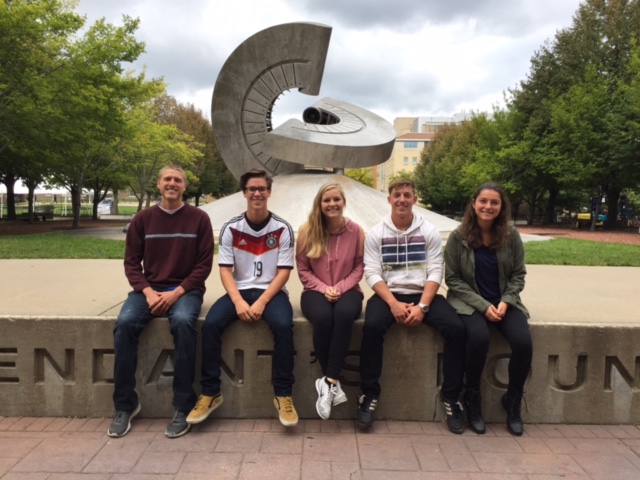Tie-over bandage for improved open-wound management
This project has been secured to protect intellectual property.
Login for More InformationProject Overview
It has become more apparent in both human and veterinary medicine that the current techniques and materials for dressing a tie-over bandage are undeveloped. A tie-over bandage is most commonly used in locations where typical encircling bandages cannot be used, for example wounds where there is a lack of sufficient local skin for a tension-free primary closure, highly mobile, or difficult to cover regions. In veterinary medicine traumatic and contaminated wounds are a common problem and require proper care.
Currently application of the tie-over bandages requires suture loops or other types of anchors positioned circumferentially around the wound. The wound is then covered or packed with bandage material, which is held in position by tying the loops together over the bandage. The bandage is later changed by either untying or cutting the lacing. This is followed by cleaning of the wound and after the application of the tie-over bandage is repeated. During the healing process there are issues with the bandage not being effectively secured resulting in the dislodging of the bandage. Additionally, the bandages are not maintaining an effective water-resistant barrier and the edges of the wound are often susceptible to contamination due to exposure. When the healing process is completed tissue around the wound can often be traumatized by the suture loops. With room for significant improvement a more effective tie-over bandage is desired. One that will maintain secure contact with the skin surrounding the skin, proved a protective water-resistant barrier, allow for easy changing and re-securing of the bandage, maintain normal activity and range of motion, and be constructed of relatively inexpensive materials.
Team Picture

Contact Information
Team Members
- Thomas Guerin - Team Leader
- Lee Hermann - Communicator
- Hannah Bennett - BSAC
- Joshua Begale - BWIG
- Mason Schilling - BPAG
Advisor and Client
- Prof. Beth Meyerand - Advisor
- Dr. Robert Hardie - Client
